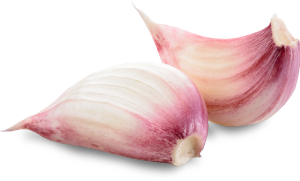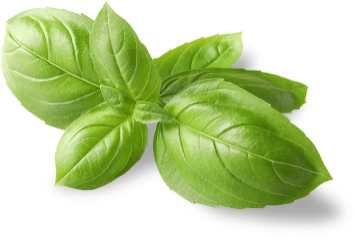The Armanino story begins in Italy’s Liguria region, the birthplace of pesto. In the wave of Italian emigration to the U.S. between 1880 and 1920, Mary Picetti and Guglielmo Armanino arrived in San Francisco, California, where the latitude, terrain and mild coastal climate reflect that of their homeland in Liguria.

They didn’t know each other at the time, but Mary and Guglielmo would eventually fall in love and settle into the farming community on San Francisco’s south side. From Liguria, Guglielmo brought his skill as a row-cropper, and Mary brought her basil pesto recipe.

Mary and Guglielmo’s son, William J. “Bill” Armanino, was interested in the new technology behind mass-produced convenience foods. How could Armanino farming play a part in the modern food industry? To answer that question, he took a job at Kraft Foods, where Armanino chives were soon freeze-dried and incorporated into Kraft sour cream. By the end of the 1960s, Bill had transformed the family business from local farm to national herb supplier.
The next decade held similarly exciting growth, as Bill introduced his mother’s pesto to the U.S, making Armanino the first company to sell classic Genovese pesto on the retail market. In fact, it would become the nation’s leading pesto supplier, turning an obscure Italian sauce into one of America’s favorite flavors.
Throughout the following years, the company continued to grow, diversifying the product line to include globally-inspired sauces, pastas, meatballs and more. Armanino foods can be found in grocery stores across North America and around the world.
Bill Armanino passed away in 2009, but left a legacy of food innovation, heritage and the highest standards of quality to the next generation of Armaninos. It’s a legacy of bold, exciting flavor and innovation that still guides the company today—and still plays a part in shaping the way the world thinks about cooking and eating.


(We only email once a month. Easily unsubscribe at any time.)

